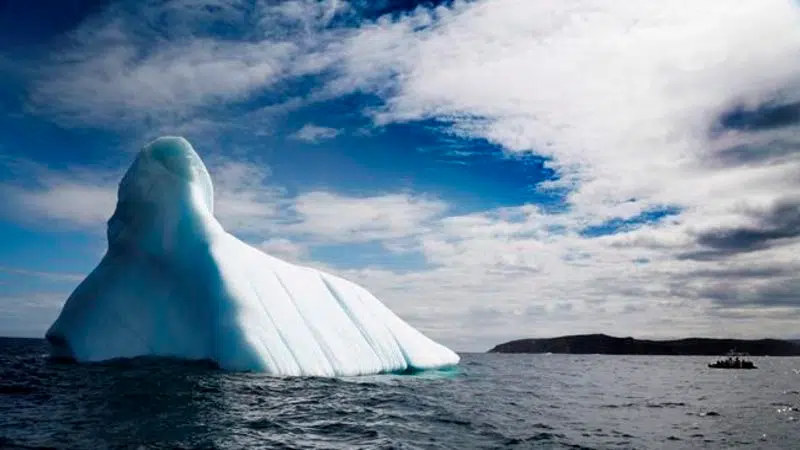
Newfoundland iceberg tours draw more visitors as climate warms: tour operator
TRINITY, N.L. — Instead of May flowers, late spring in Newfoundland and Labrador is known for the towering icebergs sent drifting down the province’s coasts.
After separating — or “calving” — from glaciers in Greenland, these 10,000-year-old hunks of ice, with eye-catching colourations and textures, may soon melt down to nothing off the island’s shores.
For many residents and tourists, the photogenic phenomenon is also a stark visual reminder of the planet’s changing climate and rapidly melting glaciers.
Bob Bartlett, owner and operator of Trinity Eco-Tours, says he’s detected an increase in iceberg tourism over the last few years as people rush to see the glacial giants up close before they are lost to climate change.


